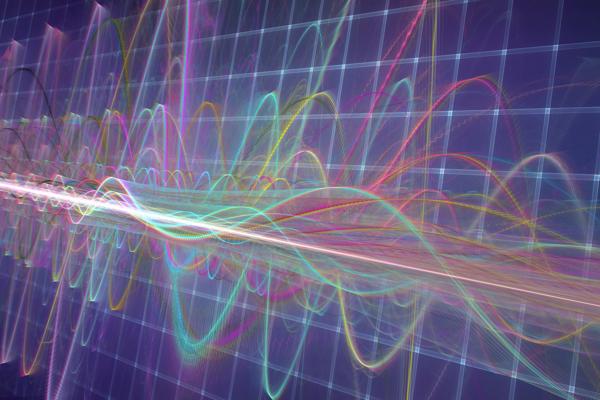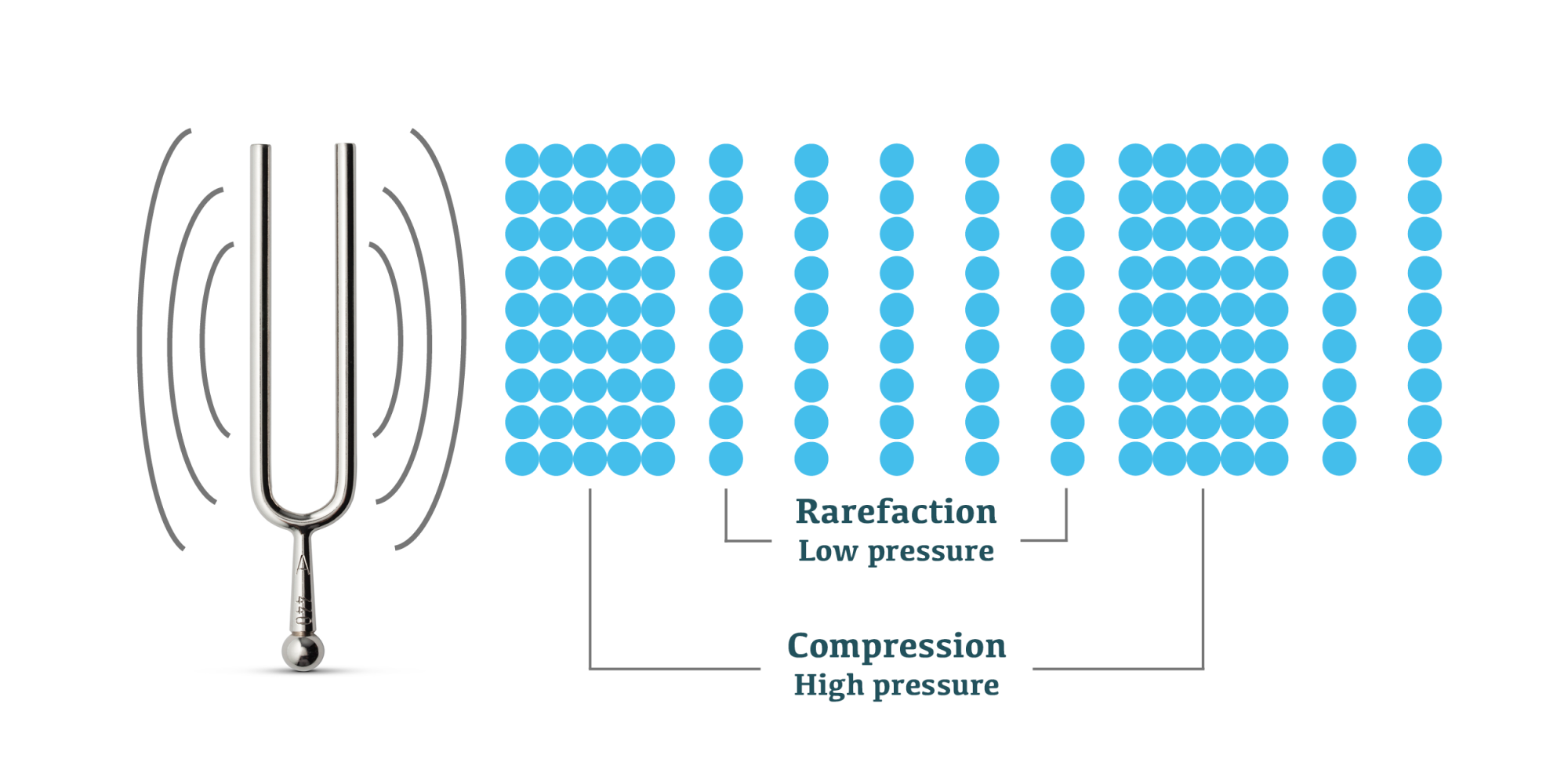Best software to download movies online mac. Most households these days have a microwave, a device that uses microwave signals to cook food rapidly and efficiently. As a result, most people are familiar with the term microwaves. However, many people do not fully understand what these signals are, or how often they are used in modern society.
All electromagnetic waves oscillate in a wave pattern; if you imagine it as a wavy line drawn on a piece of paper, the wavelength is the length of the part that repeats over and over. Short wavelengths create higher frequency waves, and long wavelengths create lower frequency waves.
Smartshare pc software download for mac. By definition, a microwave is any type of electromagnetic wave where the wavelength is less than one meter. Microwave signals are similar to radio broadcasting signals, with the primary difference being that radio waves are longer than a meter. This means that they are of a higher frequency than radio signals.
Although microwave signals are technically defined as radiation, they are not to be thought of as the same type of radiation that is dangerous to living creatures, such as the ionizing radiation caused by a nuclear weapon. They simply 'radiate' from their source.
Waves transmit energy, not water, and are commonly caused by the wind as it blows across the ocean, lakes, and rivers. Waves caused by the gravitational pull of the moon and the sun are called tides. The ebb and flow of waves and tides are the life force of our world ocean. In electromagnetic waves energy is transmitted as electric and magnetic fields. In sound waves energy is transmitted as vibration of air particles. In water waves the energy is transmitted as.
Microwave signals have the advantage of being more focused, and more resistant to interference than radio waves. As a result, they have been used more a variety of communication purposes. In the 1940s and 1950s, long distance phone calls were carried from tower to tower using these signals. Today, some cell phone networks and wireless devices such as Bluetooth® use low frequency, or longer-length, microwave signals.
Besides telecommunication, these signals are used in many technologies that we use every day. For instance, they're often used by regular television broadcast stations and wireless Internet connections. Likewise, low frequency microwave signals are present in the cables that provide cable TV and high speed Internet access.
Microwave signals are also being used in other forms of technology. For example, satellites orbiting above Earth utilize microwave communications. Although they are not lethal, they are used in a weapon known as the Active Denial System, which uses microwave-induced heat to control crowds and prevent targets from approaching.
‘Wave’ is a common term for a number of different ways in which energy is transferred:
- In electromagnetic waves, energy is transferred through vibrations of electric and magnetic fields.
- In sound waves, energy is transferred through vibration of air particles or particles of a solid through which the sound travels.
- In water waves, energy is transferred through the vibration of the water particles.
Waves transfer energy but not mass
When we watch surf waves coming into shore, it’s easy to think that individual water particles are moving towards us, but that’s not actually the case. The particles involved in waves move back and forth perpendicularly to the way the wave is going, but don’t move significantly in the direction of the wave. The particles ‘take part’ in the wave by bumping into one another and transferring energy. This is why energy can be transferred, even though the average position of the particles doesn’t change.
How does this work? It can help to think of a buoy bobbing in the ocean. The buoy is moved up and down by the waves that pass by it, but doesn’t move directionally across the water.
You could also think about a Mexican wave at a sports match. The wave moves around the arena, but the audience members don’t move around with it – they only stand up and sit down (a perpendicular movement to the wave direction).
Particles in a water wave exchange kinetic energy for potential energy
When particles in water become part of a wave, they start to move up or down. This means that kinetic energy (energy of movement) has been transferred to them. As the particles move further away from their normal position (up towards the wave crest or down towards the trough), they slow down. This means that some of their kinetic energy has been converted into potential energy – the energy of particles in a wave oscillates between kinetic and potential energy.

Thinking about potential energy can help us understand why tsunamis can be so damaging. When a tsunami approaches the shore, it shoals (becomes much higher), so the water particles are displaced further from equilibrium. They acquire a lot of potential energy, and this is released when the wave interacts with land.
Measuring the energy in a wave
Why do some waves have more energy than others? A wave’s frequency and wavelength are both indicators of its energy, but this differs for different types for waves.
For water waves, those with a high speed and long wavelength (like a tsunami) have the most energy. For electromagnetic waves, speed is constant, so waves with a high frequency and a short wavelength (like X-rays) are the most energetic.
For all waves, a greater amplitude means more energy.
In the electromagnetic spectrum interactive you can click on various wavelengths to learn more about the waves that make up the spectrum.
Harnessing wave energy
Scientists in New Zealand and elsewhere are looking at how to turn the energy of water waves into electricity. The oceans around New Zealand are promising places to generate wave power because we have large waves and strong currents. Generating wave power would involve an underwater device (like a paddle, for example) that would move in response to waves and drive a turbine that would produce electricity.
The idea of wave power is appealing because waves are a sustainable resource – they can’t be used up (unlike other resources, like coal, that are used for making electricity in New Zealand). However, they are quite inefficient – they need a lot of coastal space to generate useful quantities of energy. Using mathematical modelling and physical model building, Kiwi scientists are investigating how to harness wave power, but it will be some time before we’re using electricity from wave power in our homes.
Between 2007 and 2011 the Energy Efficiency and Conservation Authority (EECA) administered the Marine Energy Deployment Fund which funded marine energy projects. After a review none of the projects were selected to progress further and, as of 2016, EECA believe that the abundance of cheaper renewable energy resources in New Zealand makes it unlikely marine energy will contribute to the national grid in the foreseeable future. Investigations into harnessing the energy of ocean waves continues in other countries.
From 2017 to 2019, as part of a Sustainable Seas Innovation Fund project, NIWA investigated whether generating electricity from the strong tidal currents within the Cook Strait would be viable for Aotearoa. To find out more, see Energy from tidal currents – Kick-starting a new marine industry with huge potential from NIWA's website.
What Do All Waves Transmit
Activity ideas

Use a Mexican wave to demonstrate how waves transfer energy and to help your students visualise the wave behaviours of reflection, constructive interference and shoaling.
Use an interactive or paper-based Venn diagram to illustrate the key similarities and differences between tsunami waves and surf waves.
More on waves
Explore more about waves, such as sound and energy by browsing the resources under our waves concept.
Useful links

In 2021 NIWA ran a webinar: A step closer to a future powered by tidal current energy, in which the results of the Energy from tidal currents project are presented.This project investigated the viability of generation electricity from the strong tidal currents within Cook Strait.
Find out more about using waves as an energy source in this Wikipedia article.
Watch this 2011 video from NIWA: Current conversion – tidal and wave energy in New Zealand.
What Do Waves Not Transmit
Published 2 May 2011, Updated 9 February 2021Do All Waves Transmit Matter
Referencing Hub articles